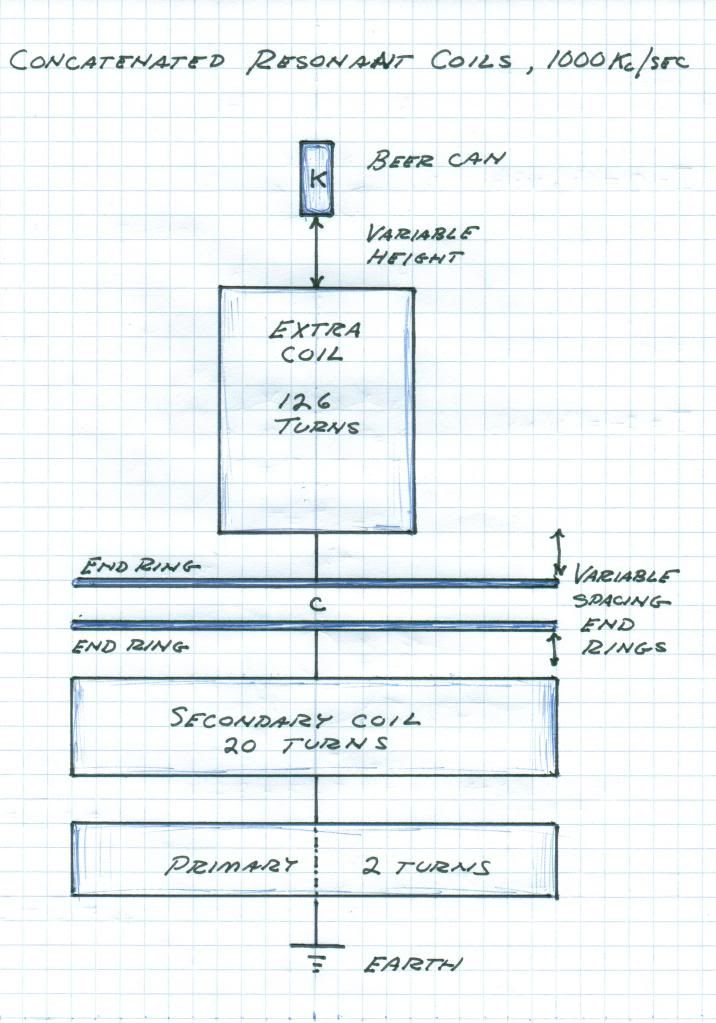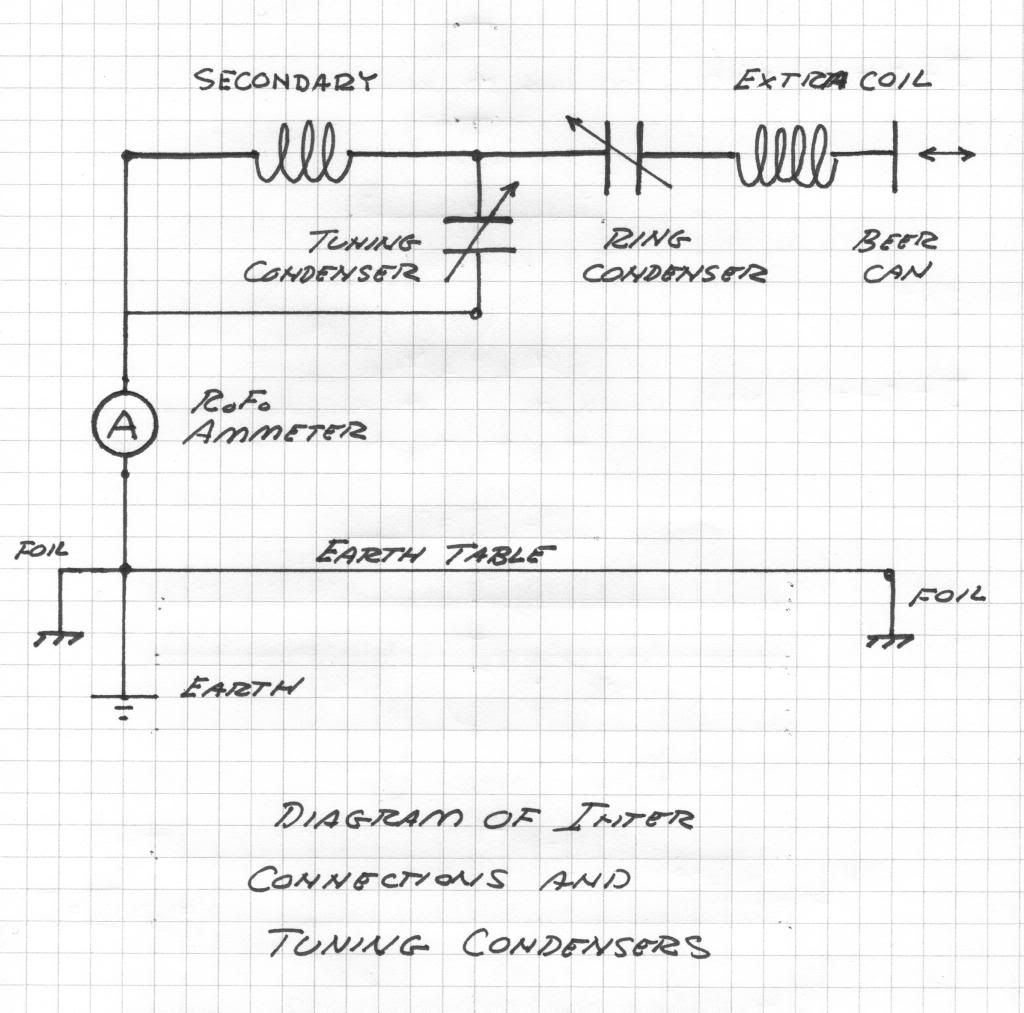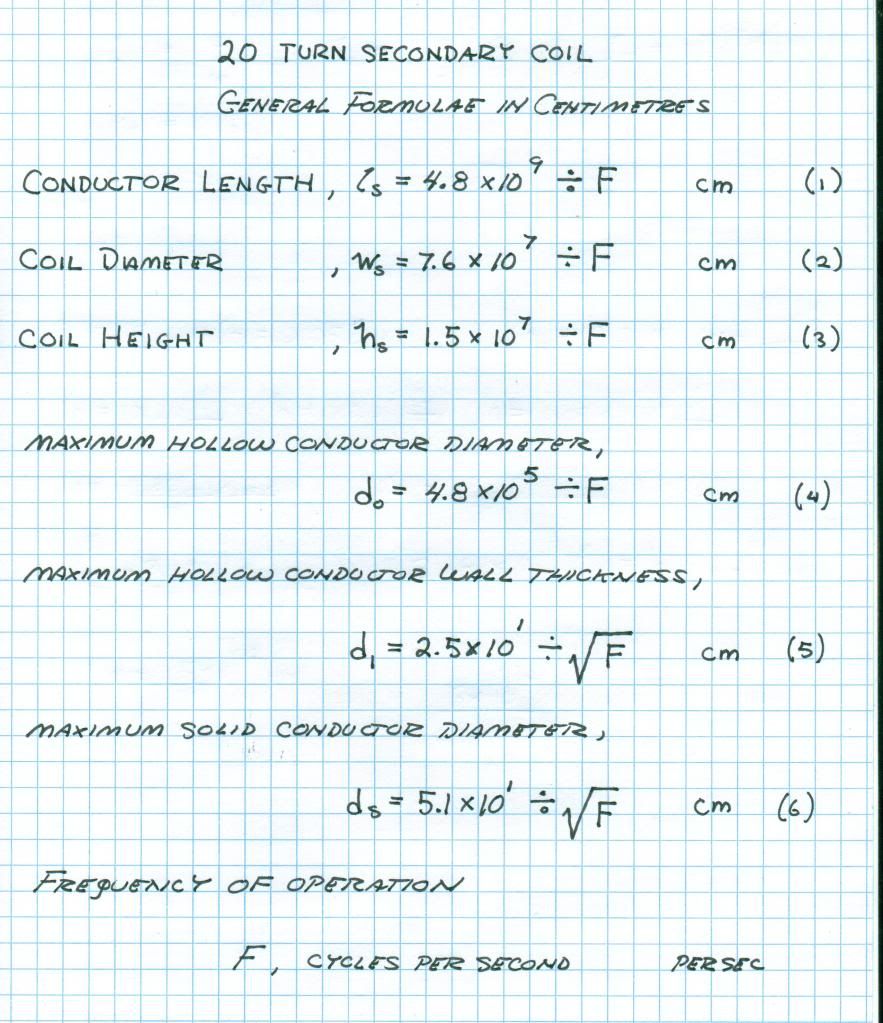Helping Eric
Dear Eric and all,
I am not sure whether this helps Eric, but he can stay in Victoria BC near Seattle where I am. And I know an electrical bike shop owner with an office space, I have some options to work and gain money for further costs.
Eric please let me know if this helps. Otherwise, please do not give up hope until I can rake up some money. Meanwhile, if all of us in this forum donate some money like 20,30,50, 100, 200,..... I think the money he wants gets manifested.
Please continue fundraising and help this man. It is as important as research guys! I am off to paypal now.
Dear Eric and all,
I am not sure whether this helps Eric, but he can stay in Victoria BC near Seattle where I am. And I know an electrical bike shop owner with an office space, I have some options to work and gain money for further costs.
Eric please let me know if this helps. Otherwise, please do not give up hope until I can rake up some money. Meanwhile, if all of us in this forum donate some money like 20,30,50, 100, 200,..... I think the money he wants gets manifested.
Please continue fundraising and help this man. It is as important as research guys! I am off to paypal now.



Comment